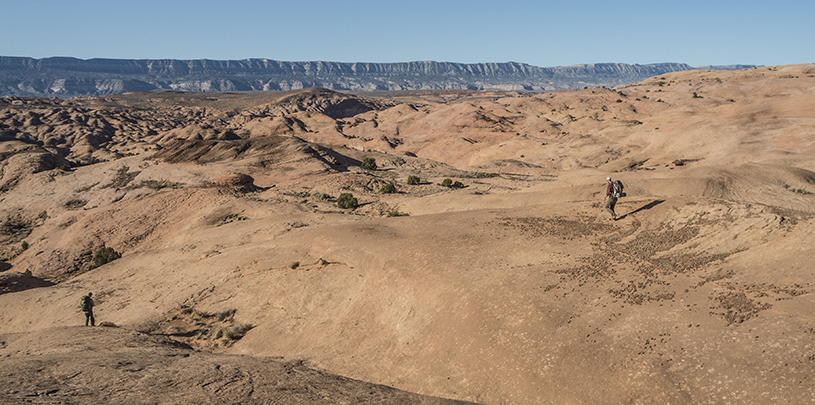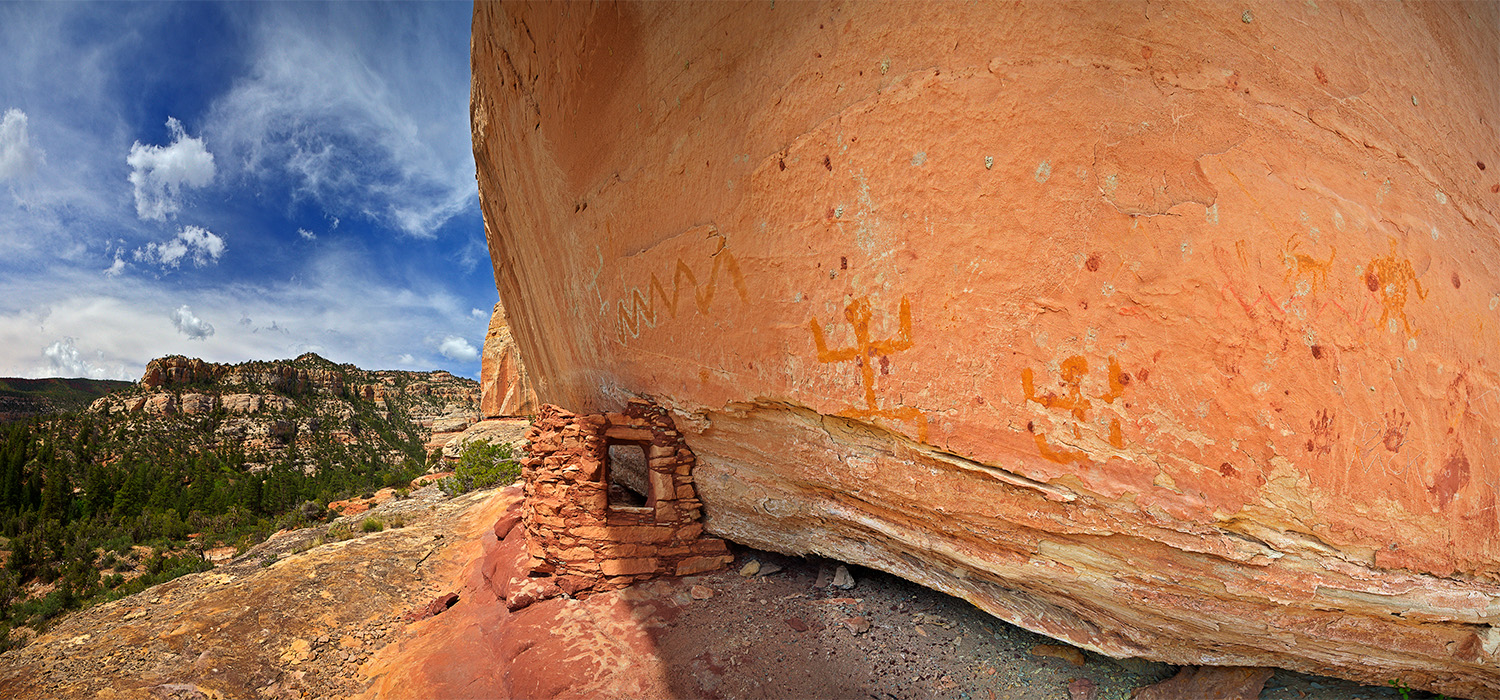
 by Travis Bruner, Arizona Forests Manager
by Travis Bruner, Arizona Forests Manager
So you’ve probably heard by now that President Trump issued an executive order to review 27 of our national monuments, naming Interior Secretary Ryan Zinke with the charge.
But what exactly will Zinke’s review entail?
Very generally, Zinke will look at each designation to determine if it was made in accordance with the Antiquities Act of 1906. But the executive order goes beyond the letter of the law by directing Zinke to consider extraneous issues unrelated or inconsistent with the Antiquities Act itself.
We’ll take a look at how the order oversteps the law, but first, a short intro to the Antiquities Act itself:
The Antiquities Act is the law that gives presidents the authority to designate national monuments.
It reads:
…the President of the United States is hereby authorized, in his discretion, to declare by public proclamation historic landmarks, historic and prehistoric structures, and other objects of historic or scientific interest that are situated upon the lands owned or controlled by the Government of the United States to be national monuments, and may reserve as a part thereof parcels of land, the limits of which in all cases shall be confined to the smallest area compatible with proper care and management of the objects to be protected[.]
The Antiquities Act does not contain provisions related to revisiting national monument designations.
The executive order instructs Zinke to look at seven considerations for each monument. Two of those considerations relate to the use of the Antiquities Act – whether designations meet the original objectives of the law by not exceeding “the smallest area” possible, and by protecting “historic landmarks, historic and prehistoric structures, [or] other objects of historic or scientific interest.”
The remaining considerations listed in the executive order are not grounded in the Antiquities Act. Let’s delve into the various ways the order exceeds the law.
In a bizarre approach, the president has asked Interior to contemplate “the effects on the available uses of Federal lands beyond the monument boundaries.” He also asks Zinke to consider “the effects of a designation on the use and enjoyment of non-Federal lands within or beyond monument boundaries[.]”
The text of the Antiquities Act makes no mention of such a consideration. It’s akin to requesting a review of the interstate highway routes, and telling the Secretary of Transportation to consider all residential and commercial properties along those corridors and not along those corridors. The absurdity of such a request is obvious.
The Antiquities Act concentrates on protecting lands with historic, prehistoric, and scientific value, but makes no reference to economic or fiscal effects. However, Trump has asked that Interior address “concerns of State, tribal, and local governments affected by a designation, including the economic development and fiscal condition of affected States, tribes, and localities.” Ironically, economic analyses of national monument designations weigh decidedly on the side of benefits to local economies. So, Interior’s looking into this issue should only reveal those facts, including that the economic benefit of recreation continues in perpetuity, while extractive industries, like coal mining, often result in boom and bust cycles for local communities.
The executive order presents yet another factor found nowhere within the Antiquities Act: “the availability of Federal resources to properly manage designated areas[.]” While a reasonable factor to consider, an unfounded assumption underlies the issue as presented – that a designated monument requires more management resources than federal land unprotected by monument status.
However, the exclusion of extractive industries from national monuments often saves federal resources. Take Grand Staircase-Escalante National Monument, for example. Monument status has increased the amount of recreation in the area and required an associated increase in federal resources. However, without monument designation the management costs related to coal leasing, environmental and economic analyses, and eventual cleanup could have far exceeded the resources now put towards recreation.
Most mysterious of all, President Trump orders the Secretary of the Interior to consider “such other factors as the Secretary deems appropriate.” To allow one of the 31 secretaries who have served since 1906 to contemplate shrinking or abolishing national monuments for whatever reason he likes is far from consistent with the Antiquities Act, and represents nothing short of an irrational and haphazard approach to federal land management.
Zinke has been tasked with reviewing 27 national monuments, with seven considerations each, in 120 days. Talk about an expedited timeline.
Spending federal tax-dollars to revisit these decisions that protect landscapes from extractive industries, benefit local economies, and receive broad support from the general public misguides Department of Interior resources.
Rigorous study, careful balancing of interests, and public involvement has generally preceded the designation of our national monuments. Rather than searching for justifications to roll back protections in our most unique landscapes, we should be focused on guaranteeing the enjoyment of those places for future generations.

Cultural landscapes are full of stories, artifacts, and resources to appreciate. Here's how ›